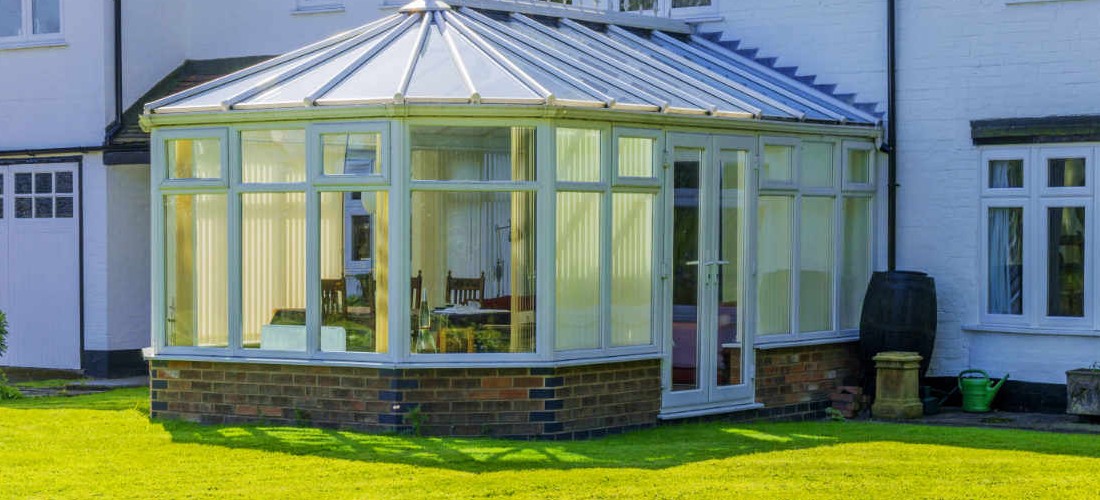-
Call Us
-
Send Email
- Request a Quote
Conservatories
-
Skylight – Double Glazing > Conservatories
Lean-to Conservatory

The style of conservatory that is most like the original Mediterranean sunrooms. A lean-to conservatory is elegantly simple with clean lines.
Even though lean-tos are the most affordable option, this doesn’t mean that they lack style or quality. In fact, some lean-to conservatories can make dramatic statements adding a contemporary glass structure to a home.
The style of the lean-to is best described by the roof shape that slopes away from the house. The height and length of the roof can add varying degrees of style and character.
Lean-tos are very versatile and can be styled with a variety of options to make them unique. They are well-suited to properties that have a low roofline or a small outdoor space. Lean-to conservatories work well with bungalows.
Victorian Conservatory

When you think of a classic traditional conservatory, it’s most likely to be a Victorian style.
The Victorian conservatory is a direct descendent of the original ornate glass structures that were introduced to Britain in the late 1800s.
Highly decorative with an ornate gothic style, the Victorian has an apex roofline that usually features crests and spike finials.
Where other conservatory styles are flat-fronted across, the Victorian features a rounded front. Not unlike an extended bay window, the Victorian roof has a faceted front. This bay window effect allows for maximum views of the outside and makes the internal space feel considerably spacious.
The Victorian conservatory is perfect for a traditional style house. It does need a property with enough roofline height and might not be the best choice for a bungalow or a new-build modern house.
Edwardian Conservatory

An Edwardian conservatory is rather grand and has a styling that sits between an orangery and the traditional Victorian style.
The main difference between the Victorian and Edwardian is the Victorian style is rounded at the front and the Edwardian is square or rectangle. The rectangular shape maximises available space and can add considerable living space to your home.
The styling on the Edwardian is more subdued with a less ornate finish than the Victorian for those who prefer the subtle style reminiscent of the Edwardian era.
Hip-back Edwardian (or double-hip) has four roof facets that form an apex to look like a separate roof to the house. The hip-back is well-suited for a house with a low roofline or a bungalow.
Gable-end Conservatory

A gable conservatory takes its name from the upright roof that looks like the gable-end of a building. Instead of sloping backwards, there is a full-height to the apex of the roofline at the front end of the conservatory. This feature adds grandeur and the additional roof height maximises internal space.
The main construction of the gable-end conservatory is based on an Edwardian square frame but offers extra space with the gable roof.
Inside the gable-end conservatory, there is a feeling of much more space and light floods into the room. The floor-plan makes it versatile and practical for furnishing and use.
This grand style suits traditional and some modern properties but needs a house with enough roof height to accommodate the apex.
As an alternative, a gable-end can be combined with a hip-back roof for bungalows and low rooflines.
